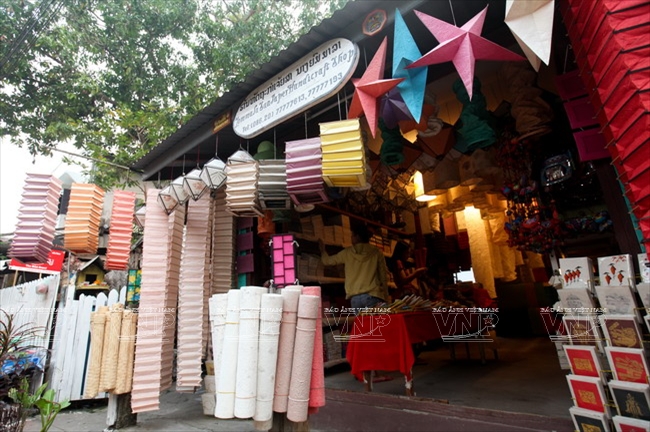
A shop selling souvenirs made from Saa paper in Luang Prabang (Laos). Photo: Viet Cuong/VNP
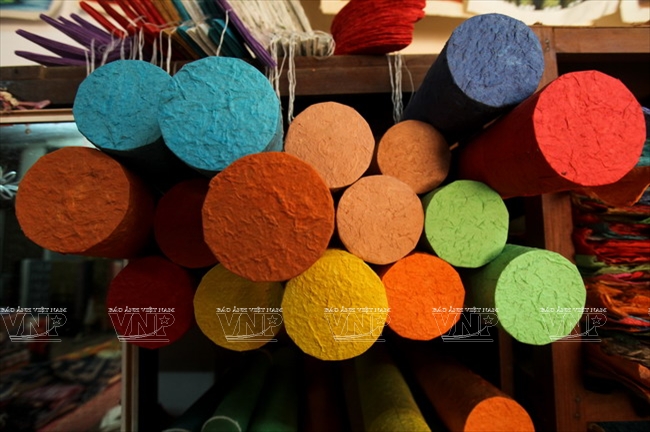
Colourful picture storage tubes made from Saa paper. Photo: Viet Cuong/VNP
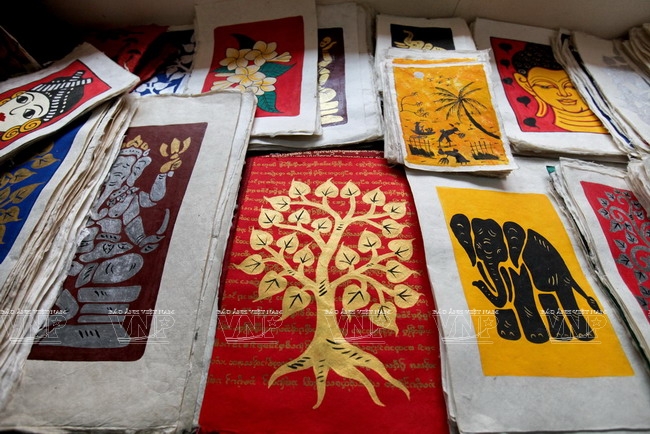
Lao traditional pictures drawn on Saa paper. Photo: Viet Cuong/VNP
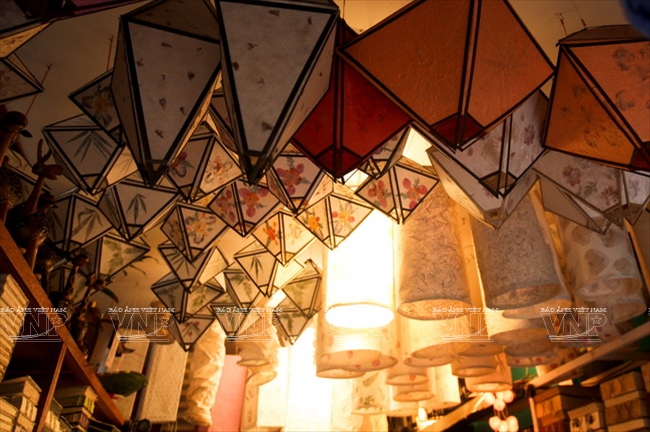
A wide range of products are made from Saa paper to meet tourists’ demands. Photo: Viet Cuong/VNP
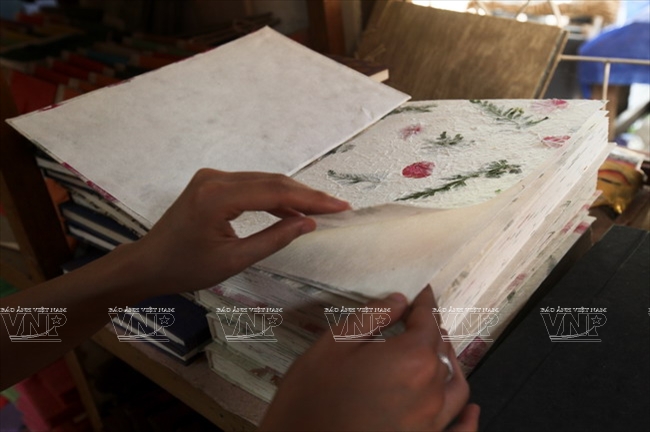
Saa paper feels rough but light and porous. Photo: Viet Cuong/VNP

Lao traditional pictures on Saa paper. Photo: Viet Cuong/VNP
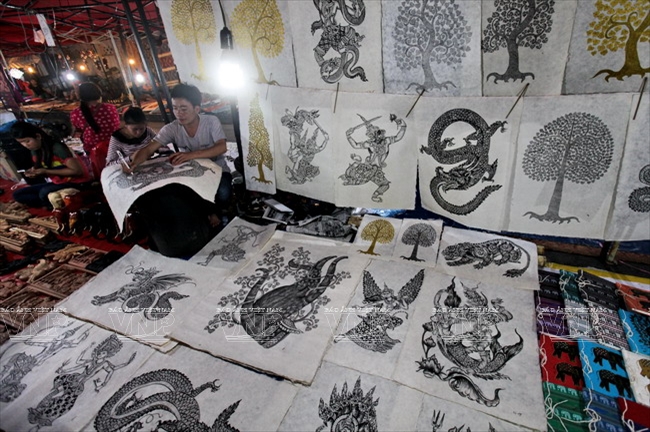
Drawing pictures on Saa paper at Luang Prabang’s night market. Photo: Viet Cuong/VNP
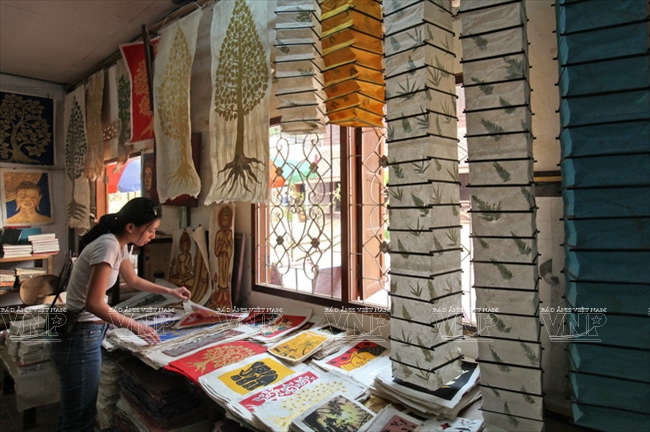
Souvenirs made from Saa paper are sold at Xangkhongposa Village. Photo: Viet Cuong/VNP |